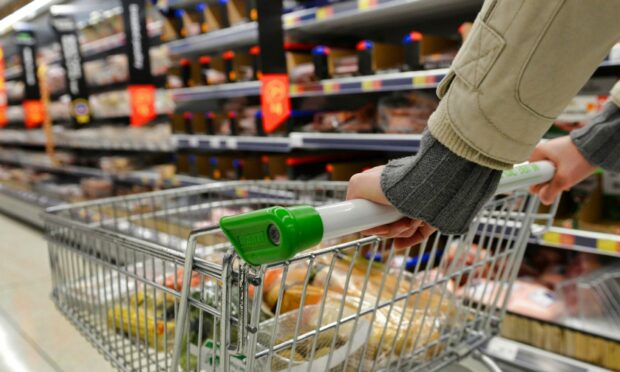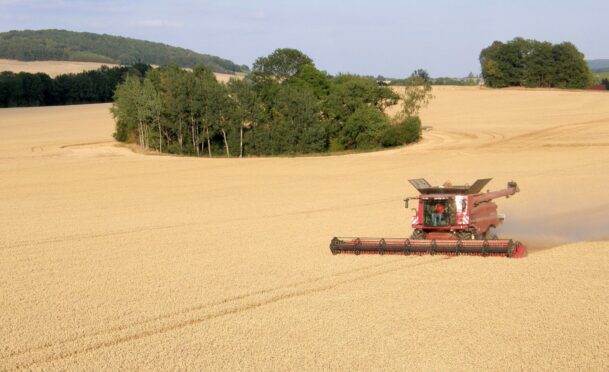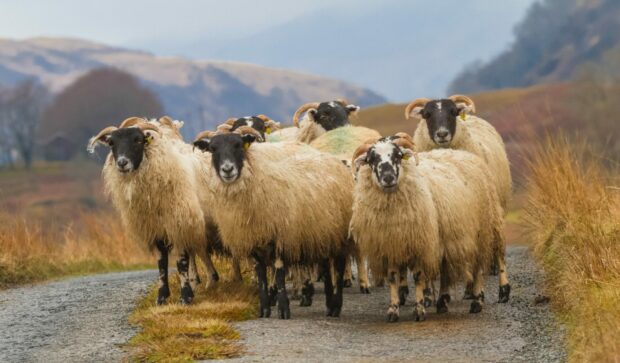Food price inflation is set to get worse, with the Bank of England describing prospects as “apocalyptic”, the United Nations warning of a growing global food crisis, and Russia accused of deliberately targeting global food security.
Russia has been attacking Ukraine’s Black Sea ports to block exports of Ukraine’s stockpiles of grain, but now it is reportedly out to destroy the country’s agricultural industry to add to the pressure on world food supplies.
Inflation has ended decades of people spending less and less of their income on food, but the more serious issue is the many developing countries that depend on food imports they can no longer afford.
The EU has announced that as part of plans to reduce dependence on Russian energy, some Common Agricultural Policy funds will be switched into bioenergy projects.
India, meanwhile, has announced plans to ban wheat exports.
In its spring economic review, the European Commission says the fallout is testing the EU’s economic resilience. It reports familiar problems of historically high rises in energy and food costs, reflecting Europe’s dependence on Russia for gas and Ukraine for grain and other commodities.
The report says that despite these pressures, the EU will maintain positive economic growth, although a lot smaller than expected.
It paints a picture of a perfect storm of the combined effects of the pandemic, lockdowns and now the Russian invasion.
Meanwhile, despite claims by the UK government that it will act over the Northern Ireland protocol, the outcome is far from certain. It will be a long negotiation with Brussels and could make matters worse if the EU scraps its trade deal with the UK or targets key commodities for tariffs.
The European Commission also published figures for livestock in Europe.
Production of pigs, cattle and sheep is concentrated in a very few member states and, apart from a small increase in pig numbers compared to 2010, there has been a steady decline in livestock numbers, particularly sheep, over the past decade.
Across all livestock, Spain is the biggest producer, with a quarter of the EU’s pigs, 9% of bovines and 25% of sheep. France has 9% of pigs, a quarter of bovines and 12% of sheep. Germany has 17% of pigs, 15% of cattle and 3% of the sheep population. Ireland is number three in the EU for cattle numbers, with 9% of the herd. The Netherlands and Denmark account for a combined 17% share of pig numbers, while Romania has 17% of sheep.


